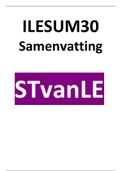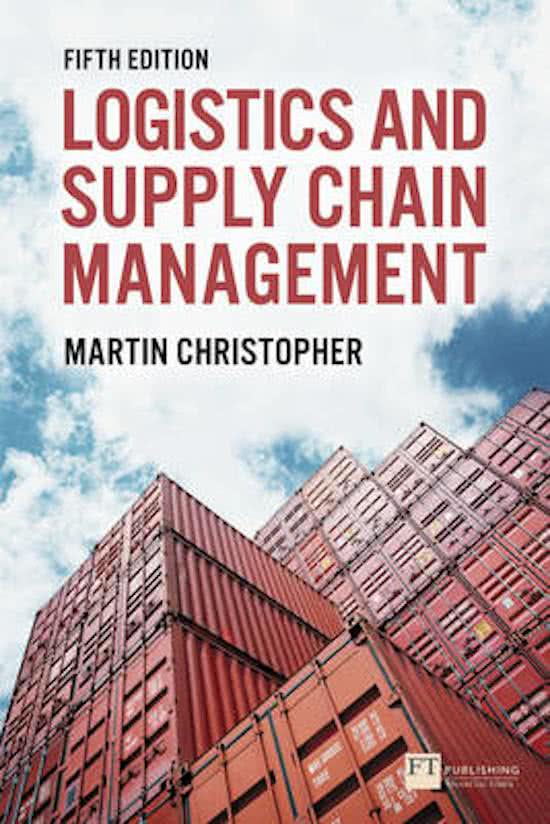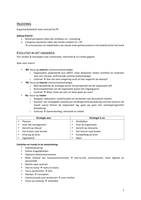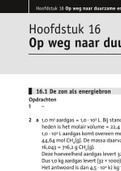Samenvatting
ILESUM30 (Supply Chain Management) - Samenvatting
- Instelling
- Hogeschool Rotterdam (HR)
De NEDERLANDSE samenvatting voor ILESUM30 (Supply Chain Management), opleiding Logistics Management, jaar 3 op Hogeschool Rotterdam. Alle informatie van de powerpoints, het boek en de lessen. Alles wat je nodig hebt voor de toets!
[Meer zien]







